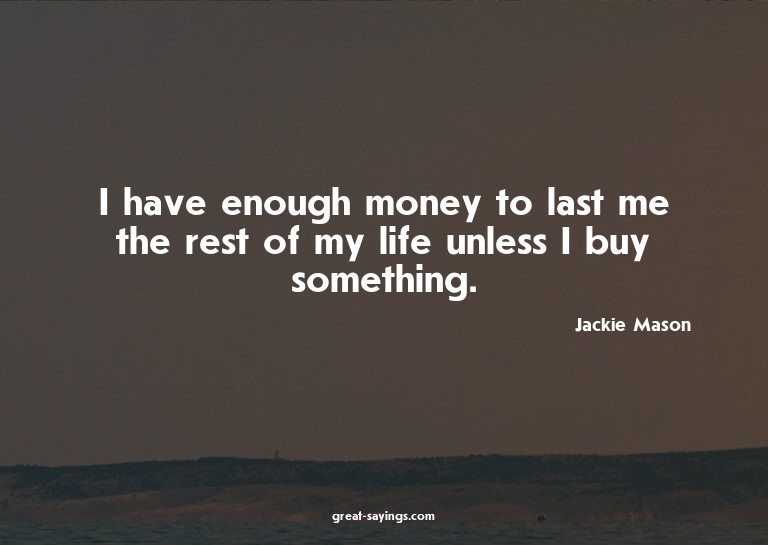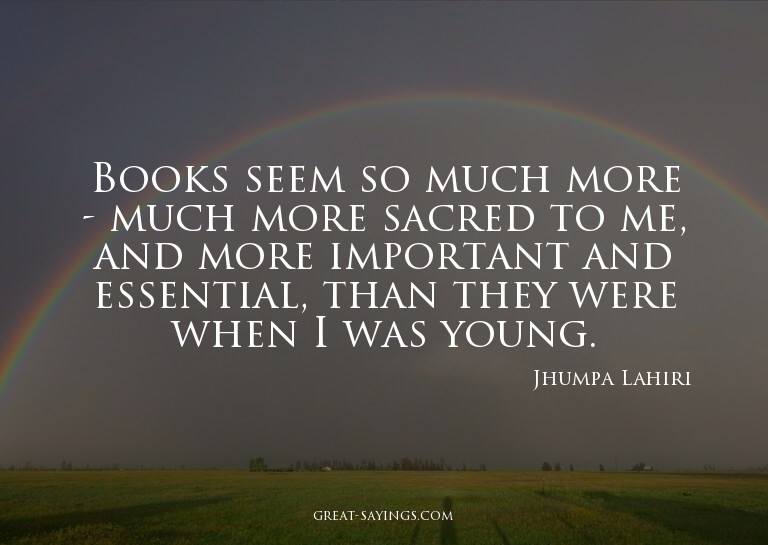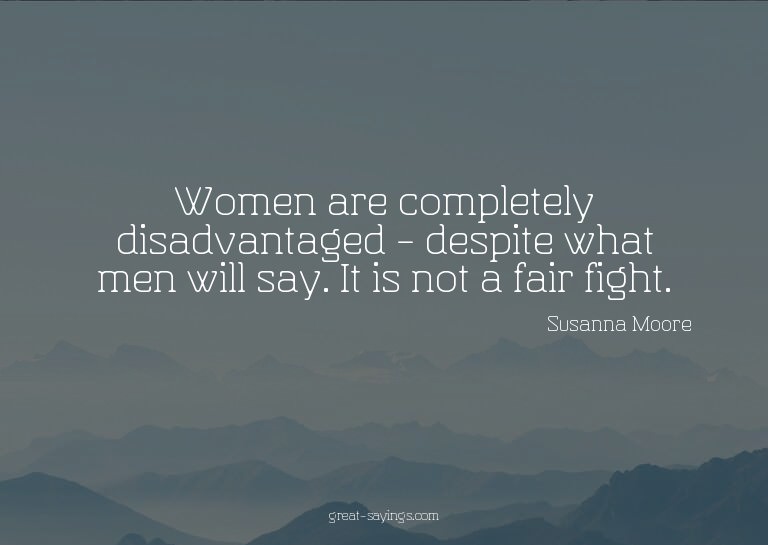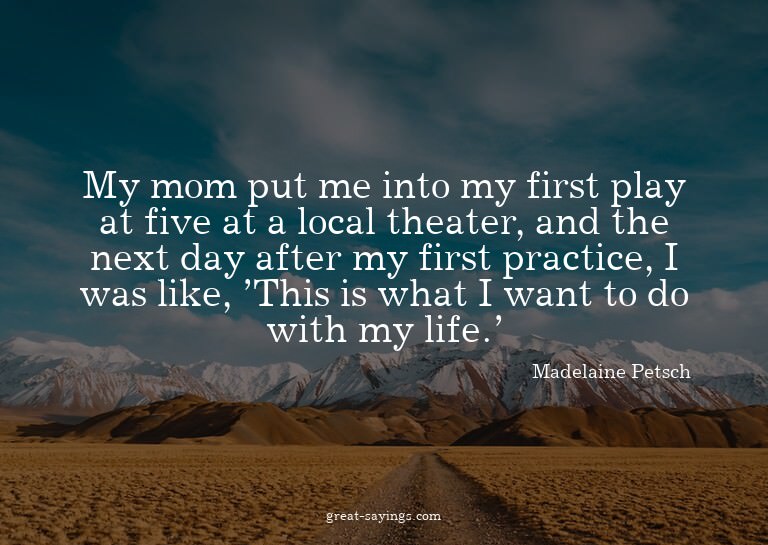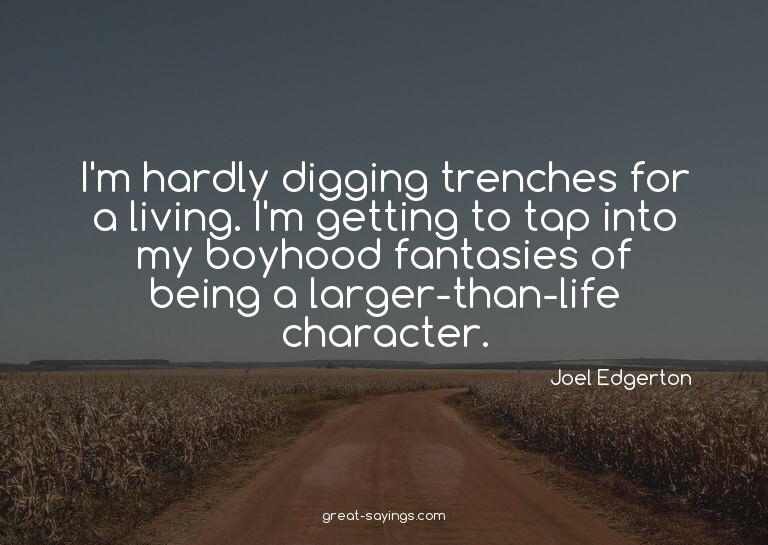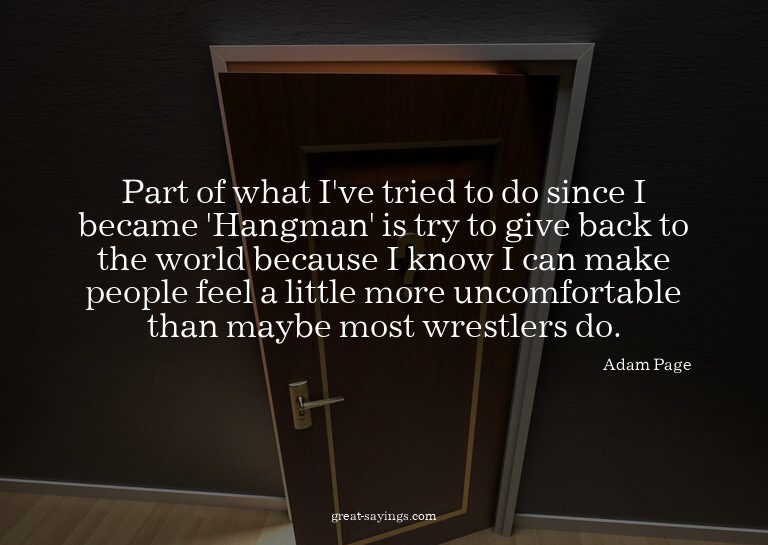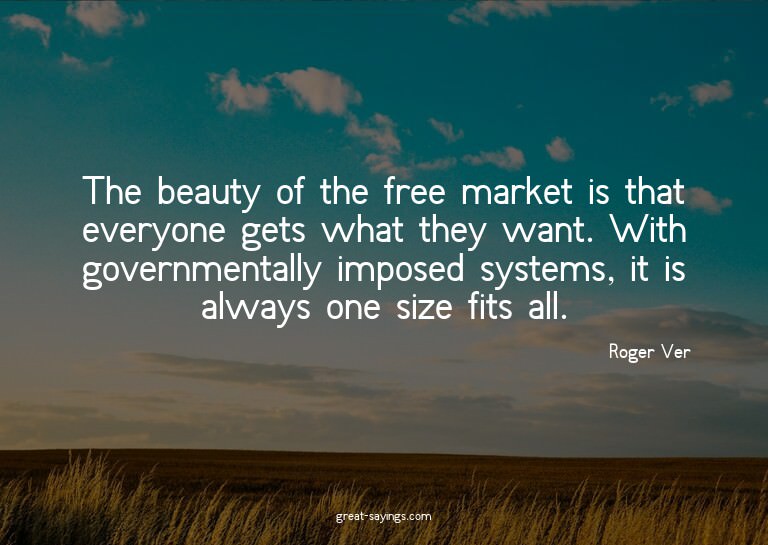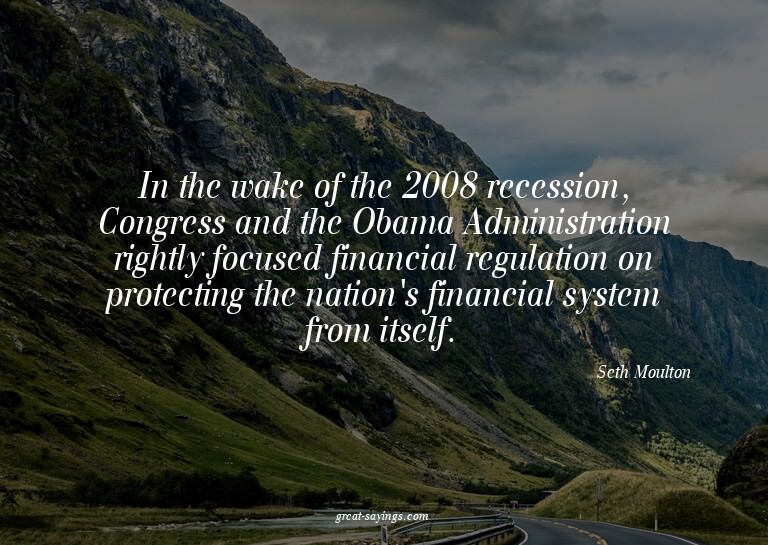Words matter. These are the best Jerry Saltz Quotes, and they’re great for sharing with your friends.
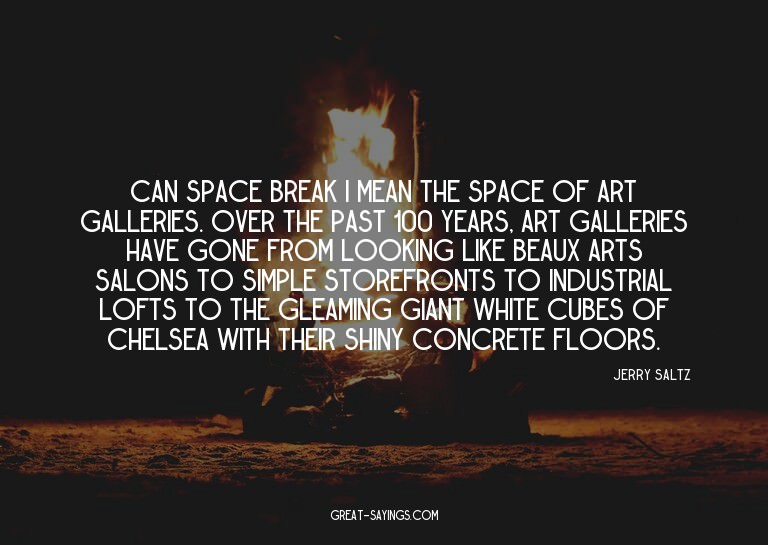
Can space break? I mean the space of art galleries. Over the past 100 years, art galleries have gone from looking like Beaux Arts salons to simple storefronts to industrial lofts to the gleaming giant white cubes of Chelsea with their shiny concrete floors.
Probably only an art-worlder like me could assign deeper meaning to something as simple and silly as Tebowing. But, to us, anytime people repeat a stance or a little dance, alone or together, we see that it can mean something. Imagistic and unspoken language is our thing.
Calling a young artist ‘great’ these days can give one the heebie-jeebies: The word has been denatured in the past decade.
Living and working for four decades in a Bologna apartment and studio he shared with his unwed sisters, Morandi painted little but bottles, boxes, jars, and vases. Yet like that of Chardin and the underappreciated William Nicholson, Morandi’s work seems to slow down time and show you things you’ve never seen before.
When art wins, everyone wins.
Abstract Expressionism – the first American movement to have a worldwide influence – was remarkably short-lived: It heated up after World War II and was all but done for by 1960 (although visit any art school today and you’ll find a would-be Willem de Kooning).
The New York art world readily proves people wrong. Just when folks say that things stink and flibbertigibbet critics wish the worst on us all because we’re not pure enough, good omens appear.
Decades ago, Gerhard Richter found a painterly philosopher’s stone. Like Jackson Pollock before him, he discovered something that had been in painting all along, always overlooked or discounted.
I’m noticing a new approach to art making in recent museum and gallery shows. It flickered into focus at the New Museum’s ‘Younger Than Jesus’ last year and ran through the Whitney Biennial, and I’m seeing it blossom and bear fruit at ‘Greater New York,’ MoMA P.S. 1’s twice-a-decade extravaganza of emerging local talent.
Abstraction is one of the greatest visionary tools ever invented by human beings to imagine, decipher, and depict the world.
A metaphysical tour de force of untethered meaning and involuting interlocking contrapuntal rhythms, ‘The Clock’ is more than a movie or even a work of art. It is so strange and other-ish that it becomes a stream-of-consciousness algorithm unto itself – something almost inhuman.
Only an artist as preternaturally acute and copacetic, as oddly visionary and just odd as Richard Artschwager, would be able to lay out the whole course of human evolution and have it make some kind of sense while also seeming like a dazzling insight.
I love art dealers. In some ways, they’re my favorite people in the art world. Really. I love that they put their money where their taste is, create their own aesthetic universes, support artists, employ people, and do all of this while letting us see art for free. Many are visionaries.
My nominee for Best Picture of the year – maybe the best picture ever, because it’s essentially made up of and is an ecstatic love letter to all other movies – is Christian Marclay’s endlessly enticing must-see masterpiece ‘The Clock.’
Artists working for other artists is all about knowing, learning, unlearning, initiating long-term artistic dialogues, making connections, creating covens, and getting temporary shelter from the storm.
In 1998, Artnet was the site that convinced me that if my writing didn’t exist online, it didn’t exist at all. It showed me criticism’s future.
Jeffrey Deitch is the Jeff Koons of art dealers. Not because he’s the biggest, best, or the richest of his kind. But because in some ways he’s the weirdest (which is saying a lot when you’re talking about the wonderful, wicked, lovable, and annoying creatures known as art dealers).
Although I adore the Italian High Renaissance, I’d rather look at Mannerism. The former is ordered, integrated, otherworldly, and grandiose; it leaves you feeling hungry for something flawed and of-the-flesh.
Galleries began growing in both number and size in the late seventies, when artists who worked in lofts wanted to exhibit their work in spaces similar to the ones the art was made in.
I wish I could write about shows outside New York. I often feel like the last person to know anything, because I almost never get to leave town, and when I do, I tend to go for three days max. Seeing between 30 and 40 shows a week in 100 or so galleries and museums takes up nearly all my time.
Venice is the perfect place for a phase of art to die. No other city on earth embraces entropy quite like this magical floating mall.
When museums are built these days, architects, directors, and trustees seem most concerned about social space: places to have parties, eat dinner, wine-and-dine donors. Sure, these are important these days – museums have to bring in money – but they gobble up space and push the art itself far away from the entrance.
Art usually only makes the news in America when the subject is money.
Billions of photos are shot every year, and about the toughest thing a photographer can do is invent an original, deeply personal, instantly recognizable visual style. In the early nineties, Wolfgang Tillmans did just that, transforming himself into a new kind of artist-photographer of modern life.
Ofili is still a champion. It would be a huge mistake to think otherwise.
The forties, seventies, and the nineties, when money was scarce, were great periods, when the art world retracted but it was also reborn.
These days, newish art can be priced between $10,000 and $25,000. When I tell artists that a new painting by a newish artist should go for around $1,200, they look at me like I’m a flesh-eating virus.
It took me twenty years to get Steven Parrino’s work. From the time I first saw his art, in the mid-eighties, I almost always dismissed it as mannered, Romantic, formulaic, conceptualist-formalist heavy-metal boy-art abstraction.
Megacollectors suppose they can enter art history by spending astronomical amounts.
Summer is a great time to visit art museums, which offer the refreshing rinse of swimming pools – only instead of cool water, you immerse yourself in art.
Marlene Dumas is one of the two or three most successful female artists alive, if you judge by prices. I’ve never reviewed her work, because I find nothing in it to get excited about no matter how hard I look.
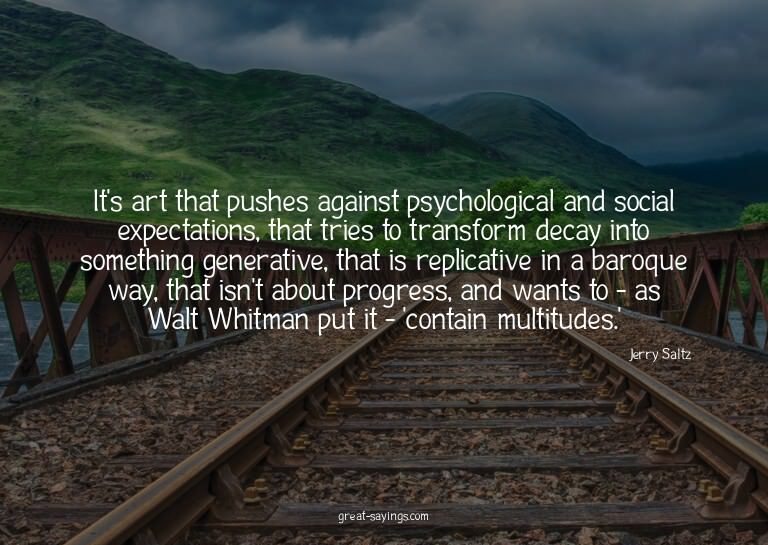
It’s art that pushes against psychological and social expectations, that tries to transform decay into something generative, that is replicative in a baroque way, that isn’t about progress, and wants to – as Walt Whitman put it – ‘contain multitudes.’
The alchemy of good curating amounts to this: Sometimes, placing one work of art near another makes one plus one equal three. Two artworks arranged alchemically leave each intact, transform both, and create a third thing.
Art is good, bad, boring, ugly, useful to us or not.
I rage against Vincent van Gogh for needing to die at 37, after painting for only ten years.
The art world is an all-volunteer force. No one has to be here if he or she doesn’t want to be, and we should be associating with anyone we want to.
I like something about George W. Bush. A lot. After spending more than a decade having almost physiological-chemical reactions anytime I saw him, getting the heebie-jeebies whenever he spoke – after being sure from the start that he was a Gremlin on the wing of America – I really like the paintings of George W. Bush.
The greatest work of art about New York? The question seems nebulous. The city’s magic and majesty are distilled in the photographs of Alfred Stieglitz and Paul Strand.
Auction houses run a rigged game. They know exactly how many people will be bidding on a work and exactly who they are. In a gallery, works of art need only one person who wants to pay for them.
Outside museums, in noisy public squares, people look at people. Inside museums, we leave that realm and enter what might be called the group-mind, getting quiet to look at art.
Batty as it sounds, subject and style may choose artists, through some unfathomable cosmic means. How else to explain that even artists who enjoy what they do can be perplexed or even horrified that they’re doing it?
Mark Grotjahn’s large new paintings abound with torrents of ropy impasto, laid down in thickets, cascading waves, and bundles that swell, braid around, or overlap one another.
The Metropolitan Museum of Art is unsurpassed at presenting more than 50 centuries of work. I go there constantly, seeing things over and over, better than I’ve ever seen them before.
John Currin’s exaggerated realism and his twisted women kept me off balance, never knowing if they were sincere or ironic or some new emotion.
I often find myself privately stewing about much British art, thinking that except for their tremendous gardens, that the English are not primarily visual artists, and are, in nearly unsurpassable ways, literary.
Every movement that slays its gods creates new ones, of course. I loathe talk of the sixties and seventies being a ‘Greatest Generation’ of artists, but if we’re going to use such idiotic appellations, let this one also be applied to the artists, curators, and gallerists who emerged in the first half of the nineties.
Elizabeth Peyton, the artist known for tiny, dazzling portraits of radiant youth, is now painting tiny, dazzling portraits of radiant middle age.
Pages: 1 2


